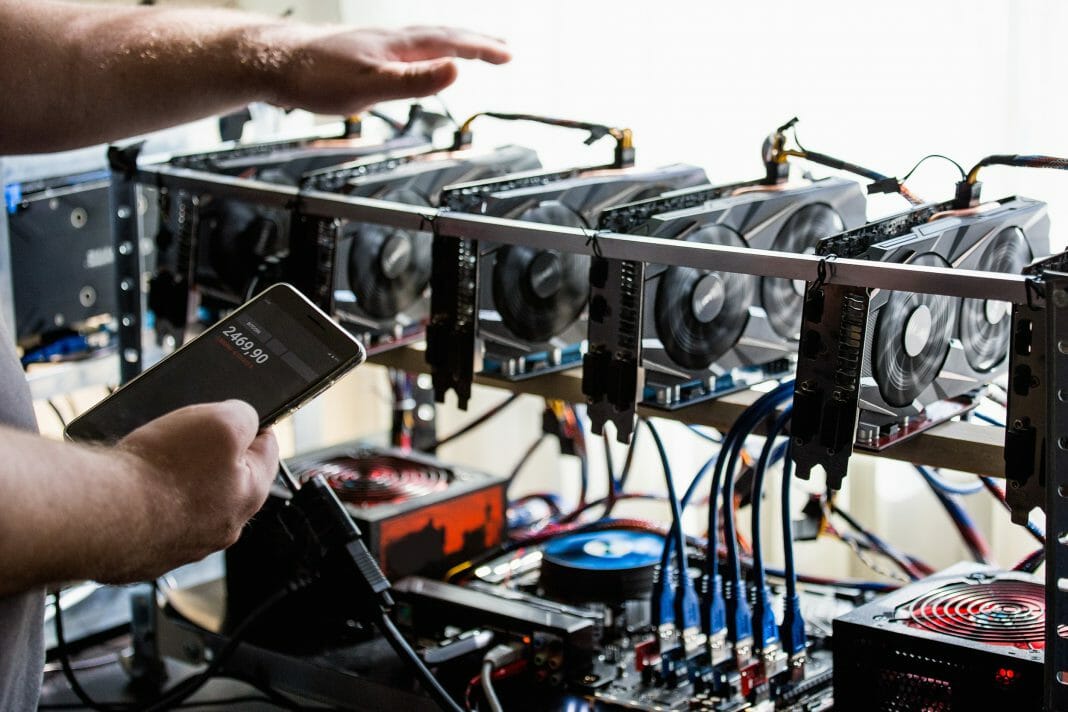Mining Bitcoin on a small scale requires practice, discipline, and knowledge. The residential price of electricity is higher than that of industrial consumption.
Evermore people are undertaking BTC mining projects from their homes. However, operating a mining farm requires time, skill, dedication, trial, and error.
Several miners shared images of the Bitcoin mining setups they had in their homes. They did it modestly due to the disorder or chaotic arrangement of some equipment. However, there were also plenty of creative and ingenious ideas to mine Bitcoin from home efficiently.
One of the most surprising cases is a startup having several miners in the basement of a house. Besides, it uses the heat generated by the mining equipment to heat a pool located in the courtyard.
There was also a garage with many mining devices submerged in dielectric coolant oil. Their owners connected them to a heat exchanger, which heats the water and redirects it through a system of pipes to the pool.
Another miner connected his equipment to ventilation pipes to extract the generated heat from his house. He removes those tubes in the winter so that the heat does not go out and serves as heating.
Miners Return to the Origins, Mining from their Homes
At first, the Bitcoin Proof-of-Work (PoW) algorithm was not very difficult to solve. For that reason, early users of the protocol could mine Bitcoin from their PCs and laptops.
Currently, Bitcoin mining farms consist of huge storehouses and even commercial containers. They house dozens of devices that generate high levels of noise and heat.
However, Bitcoin mining has required the use of highly specialized equipment for years. People know them as ASIC (Application-Specific Integrated Circuit), hardware made by Bitmain, MicroBT, and Canaan, among other companies.
Furthermore, no one can mine Bitcoin individually as there is enormous competition for hash rate between various players worldwide.
For that reason, miners must join mining pools to take advantage of the power of all participants. That way, they can confirm blocks regularly and get Bitcoin for the activity.
The Price of Bitcoin Makes Home Mining Profitable
The second miner of the Bitcoin network after its creator Satoshi Nakamoto was Hal Finney. The latter was also the first person to receive a transaction with the pioneering cryptocurrency.
They mined from their homes for a while as Bitcoin became popular on Internet forums and mailing lists. At the same time that difficulty increased, the energy expenditure of Bitcoin mining grew.
Finney explained it even in 2009, the year when Nakamoto launched the Bitcoin network. The pioneer raised the need to reduce CO2 emissions that a massive implementation would cause, a debate that is still ongoing.
The industry has already found energy alternatives, which it has used to operate efficiently. Mining can use 100% renewable energy by 2030, experts predict.
Moreover, people approach Bitcoin mining from an energy-sustainable perspective. That makes the energy consumption of their homes more efficient while participating in the most secure monetary network in the world.
Miners must not sell all their funds to pay for their operations as the price of BTC rises. In this way, they can increase their reserves or savings, seeking to continue operating steadily in the future.
By Alexander Salazar











